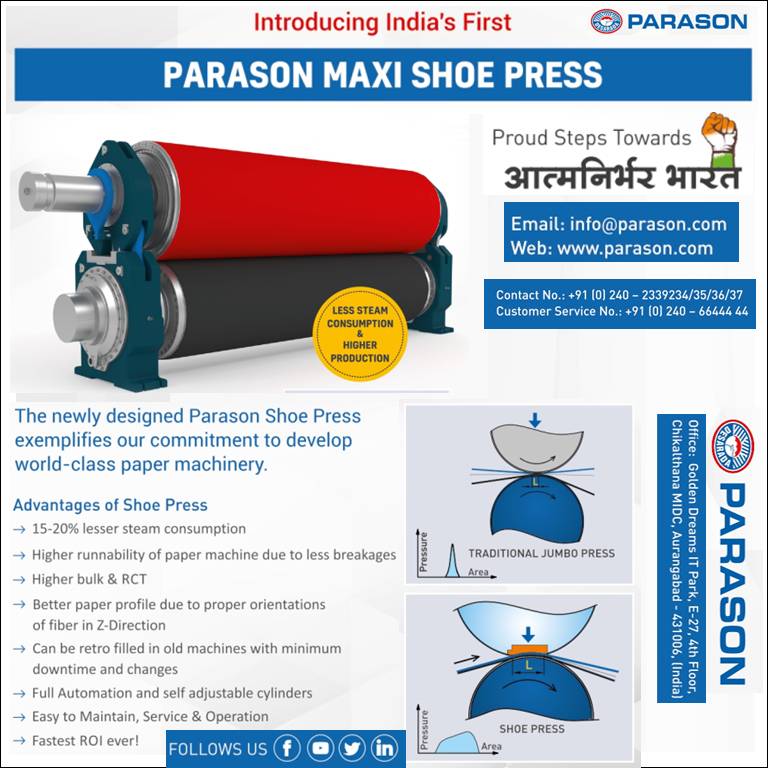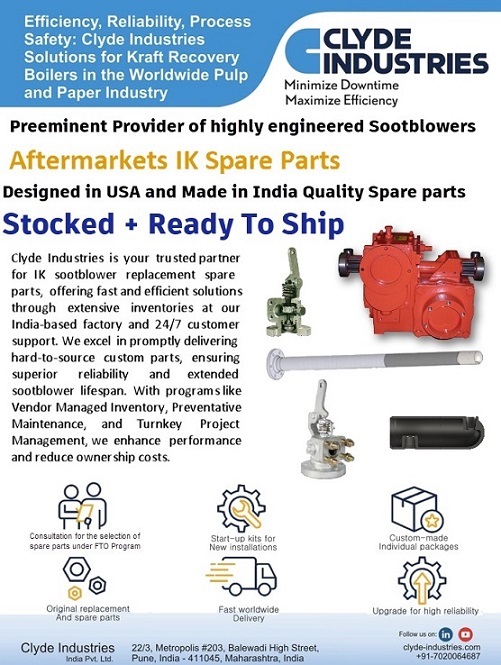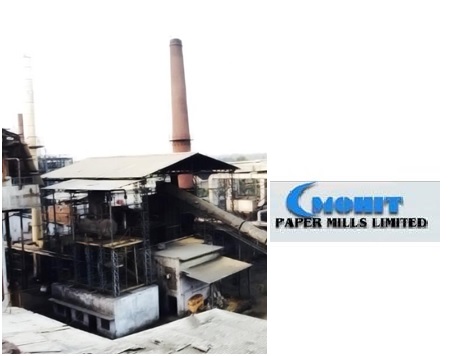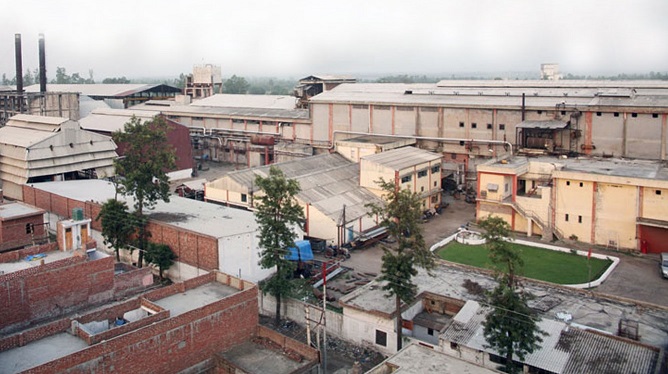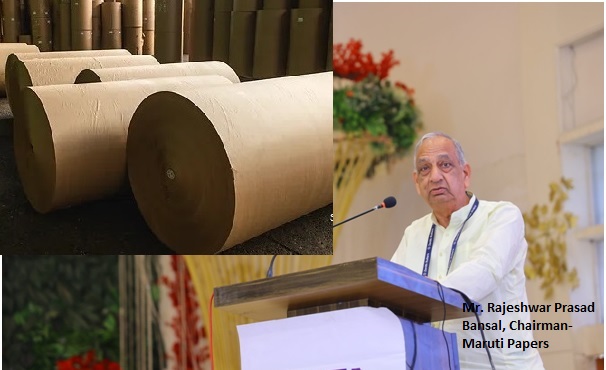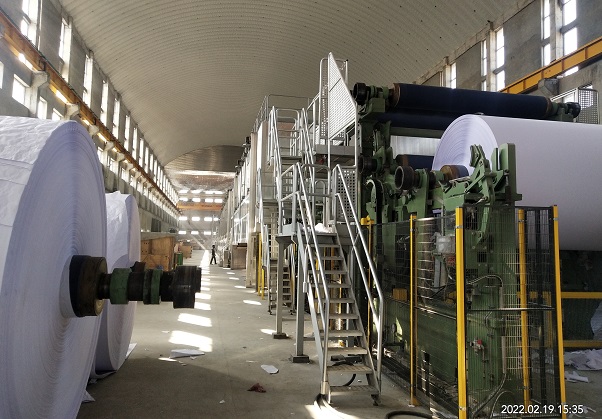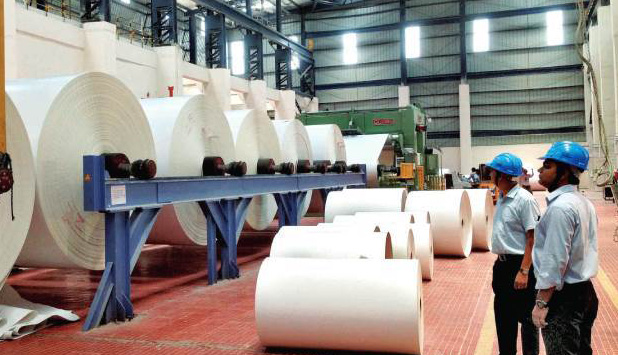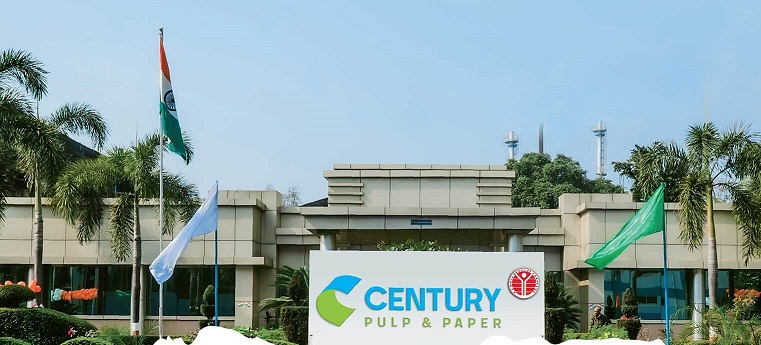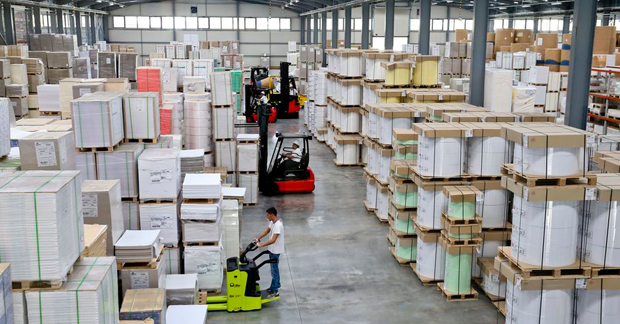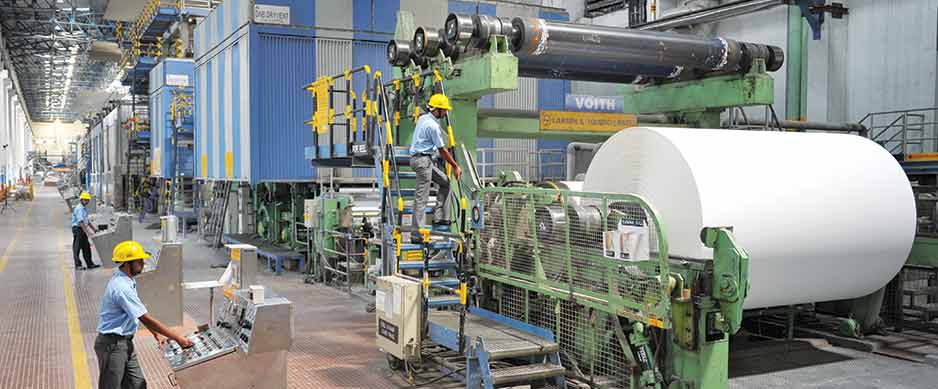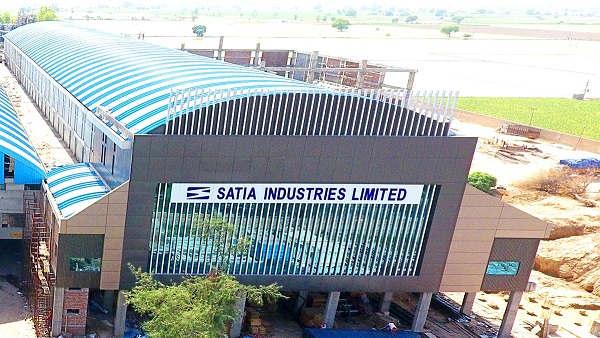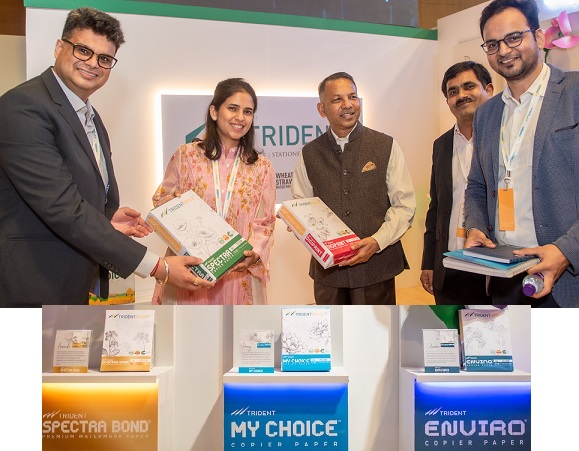Andhra Paper: Drawing its future by merging capabilities; reported INR 212 Cr. net profit in FY 19-20


Andhra Paper: Drawing its future by merging capabilities; reported INR 212 Cr. net profit in FY 19-20
Rajahmundry | 5 Nov 2020 | The Pulp and Paper Times:
International Paper APPM Limited has become Andhra Paper Limited (APL). With the acquisition of Andhra Paper Limited (APL) by West Coast Paper Mills Limited (WCPM), the company is on a transformational journey to further consolidate its leadership position in the Indian Paper Sector. West Coast Paper Mills Limited (WCPM) and APL coming under the same corporate umbrella is a significant event in the history of Indian Paper Industry. WCPM comes with over five decades of experience in the paper industry. With WCPM’s industry knowledge and the well-defined management processes imbibed from previous promoter, APL is poised to succeed in its strategic pursuits.
“Driven by our focus on growth drivers and operating principles, we have delivered another
inspired financial performance for the FY 2020. We achieved this performance despite having lost 25 days (YoY) of production for undertaking major boiler maintenance work, and lower sales off-take in March 2020 due to COVID-19 lockdown. With strong cash reserves and improved ROIC, the company is well-posed to meet the future challenges and explore new growth avenues,†said Mr. Shree Kumar Bangur, Chairman & Managing Director of West Coast Paper Mills Limited in the annual reports of APL for FY 19-20.
The Reports unfolds APL’s vision for sustainability, it’s said that being India’s one of the largest pulp & paper manufacturing units and recognizing our environment responsibilities towards our stakeholders, we embarked upon an ambitious journey to identify global trends, material to our business and developed long term sustainability goals around it. Our long term sustainability goals termed as “Vision 2030 Goals†are built around our key growth drivers: (a) Sustaining fiber source (b) Investing in people and (c) Improving our planet. Company is fully committed to promote Sustainable Development by continuously improving Environmental, Social and Economic performance related to its business activities.

“Our capital spend budget carries a significant amount of spend towards quality improvement projects. During the year, APL further scaled up its customer support processes and systems to add excellence in delivery. This helped serve the customer better, improve customer satisfaction and retain and attract more customers,†Mr. Bangur informed.
The Indian paper industry segmentation comprises of Writing and Printing (W&P), Cartonboard, Containerboard, News print and Specialty papers. The Writing & Printing segment, in which Andhra Paper operates, accounts for 30% of the industry capacity. This segment is growing at the rate of 3-3.5% Overall the industry have grown at the rate of 5 - 5.5% over a period of last 5 years.
Performance Review:
During the financial year 2019-20, the manufacturing facility of APL at Rajahmundry has been shut down for 25 days (YoY) during the months of July/August 2019, due to Annual Outage, thereby resulting in loss of production and sales. COVID-19 outbreak and lockdown thereafter from last week of March 2020 had also impacted the above parameters.
During the year, the Company registered an EBITDA of 25% as compared to 28% for the previous financial year. However, the Company registered a Profit After Tax of 17% for the financial year as compared to 14% for the previous financial year, due to adoption of new tax regime provided under Section 115BAA of the Income Tax Act, 1961.
During the year, APL recorded the sales volume of 213,615 MT, as compared to 238,729 MT in 2018-19. The sales volume was impacted due to loss in production on account of extended 25 days of scheduled maintenance shutdown and drop in sales due to nationwide lockdown on account of ongoing pandemic. Of the revenues, 12% were from exports (previous year 16%) with domestic sales accounting for the balance 88%.
“We started our Manufacturing Excellence (ME) initiatives in the year 2013. Our continued and consistent efforts in implementing and executing the programme helped in improving pulp productivity and overall paper machine efficiency (OME). The Company also made significant gains in fibre, energy and chemical costs. As in the earlier years, deliberate and continuous efforts were made to become a low cost producer, raising the operating efficiencies and optimizing material consumption,†Mr. Bangur said.
Overall, the Manufacturing Excellence initiatives helped improve the mill reliability, increase the productivity, reduce the overall cost and improve profitability.
Mr. Bangur further said that, looking ahead, our long-term outlook for the sector continues to remain positive, with the current phase seen only as an aberration. The management has taken the opportunity of the last few months to re-examine the business and operating models. Upon assessment of the short term and long-term prospects, a series of initiatives have been set in motion aimed at sustainable growth while minimizing the adverse impact of economic cycle.

Web Title: Andhra Paper Drawing its future by merging capabilities reported INR 212 Cr net profit in FY 19 20



 Join WhatsApp Group
Join WhatsApp Group Join Telegram Channel
Join Telegram Channel Join YouTube Channel
Join YouTube Channel Join Job Channel (View | Submit Jobs)
Join Job Channel (View | Submit Jobs)